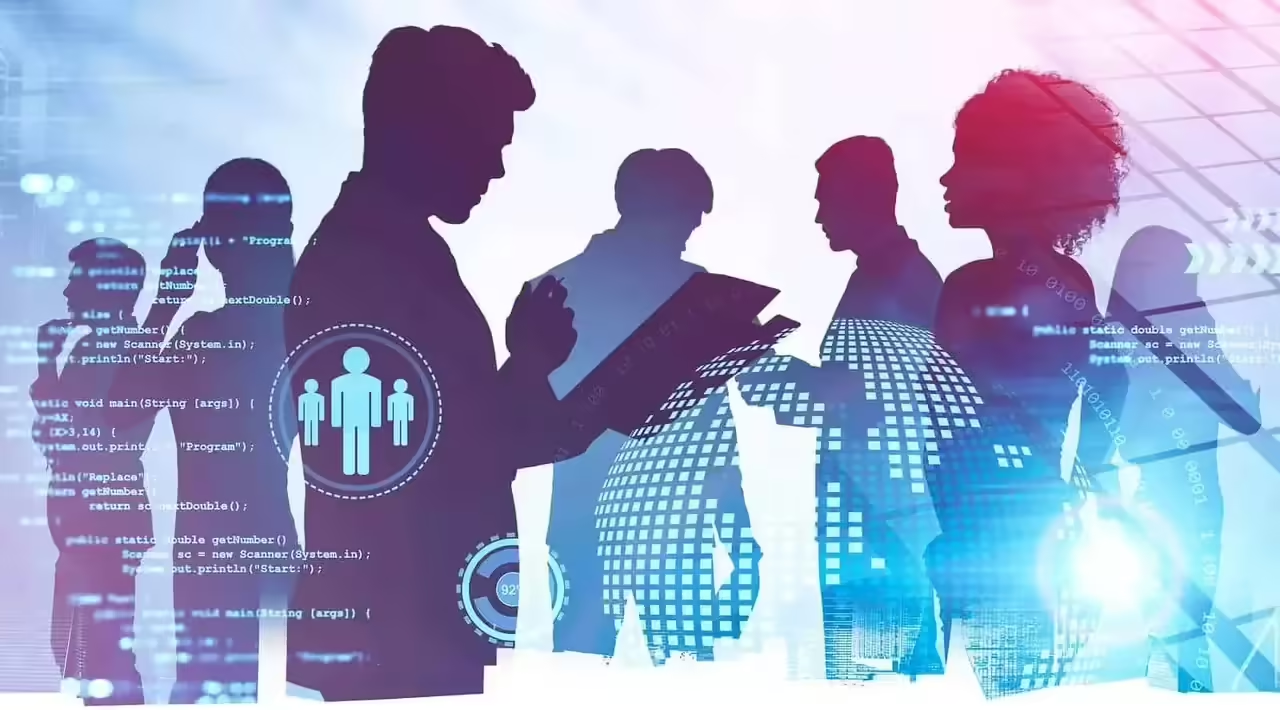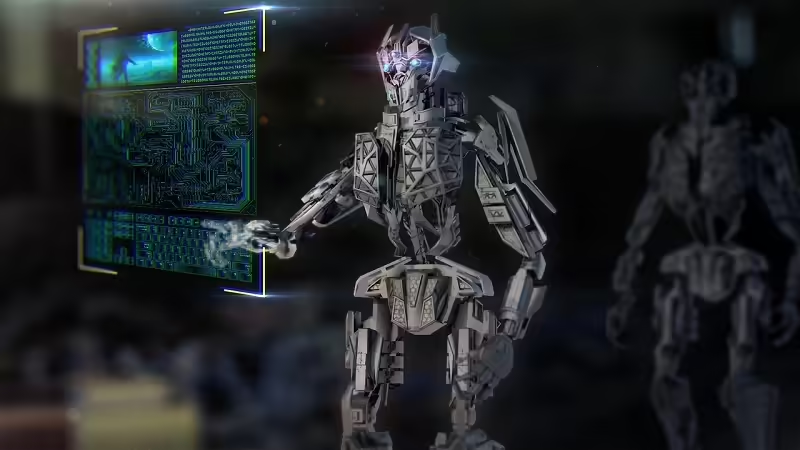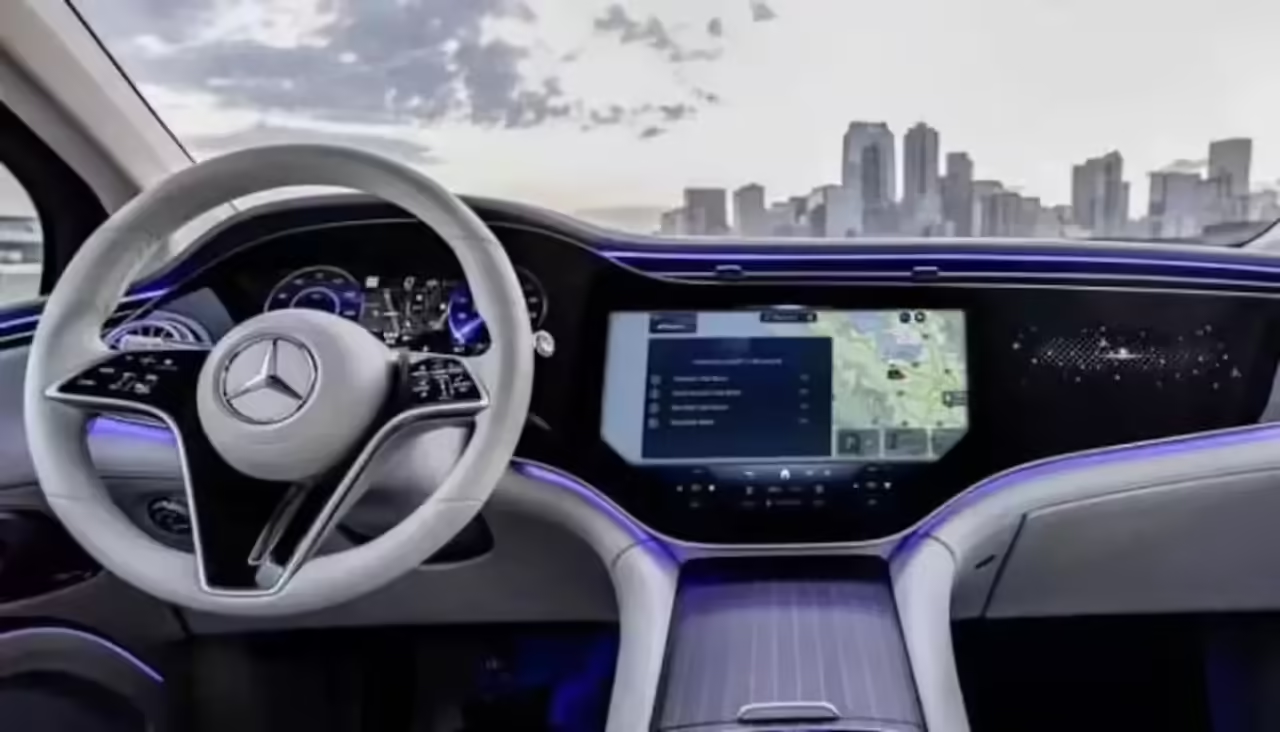
The history of technology is a fascinating narrative of innovation and discoveries that have paved the way for the current digital era. From the invention of the wheel in ancient times to the 18th-century Industrial Revolution, humanity has consistently demonstrated the ability to create tools and machines that enhance the quality of life.
The 20th Century Milestone: Rise of Electronics and Computing
The 20th century marked a crucial milestone with the advent of electronics and computing. The development of the first computers ushered in a new era of automation and data processing, laying the groundwork for the impending revolution. The emergence of the internet in the late 20th century connected the world in unprecedented ways, giving rise to a globalized and interconnected society.
Initial Impact on Society
The onset of the Technological Revolution is characterized by significant advancements in areas such as artificial intelligence, robotics, nanotechnology, and biotechnology. These advances have impacted various spheres of society, from industrial production to healthcare and education.
Transformation of Everyday Life
People’s daily lives have undergone extraordinary changes due to the Technological Revolution. The proliferation of smart devices, the interconnection of objects through the Internet of Things (IoT), and instant access to information have altered how we communicate, work, and entertain ourselves.
The Era of Hyperconnection: Navigating a Interconnected World
We live in an era defined by hyperconnection, where constant interaction with technology has radically transformed how we communicate, work, and experience the world. This phenomenon, primarily driven by mobile devices, social networks, and constant internet access, has shaped what we now know as the Era of Hyperconnection.
Mobile Devices: The Power in the Palm of Your Hand
Mobile devices have played a central role in this era, bringing connectivity to unprecedented levels. Smartphones and tablets have become extensions of ourselves, providing instant access to information, global communication, and a variety of services. The mobility of these devices has allowed us to be connected at all times and in any location, fundamentally altering the way we live our daily lives.
Social Networks: Weaving a Global Network
The proliferation of social networks has been another key component of hyperconnection. Platforms like Facebook, Twitter, Instagram, and LinkedIn have created a global network where people can share experiences, opinions, and information in real-time. These platforms not only connect friends and family but also serve as channels for the exchange of ideas, social mobilization, and the creation of virtual communities.
However, hyperconnection through social networks has also posed challenges, such as privacy issues, misinformation, and digital dependence. Consciously managing online presence has become essential in this interconnected environment.
Constant Access to the Internet: The Gateway to a World of Possibilities
Constant accessibility to the internet has been the foundation upon which hyperconnection has been built. Uninterrupted connectivity enables instant communication, content streaming, real-time collaboration, and access to cloud services. This ubiquitous availability has democratized access to information, education, and entertainment, leveling the playing field in various areas of life.
However, it also poses challenges related to digital dependence, online security, and the digital divide. Responsible management of constant connection has become a crucial skill in this era.
Impact on Society and Culture
Hyperconnection has shaped contemporary society and culture in profound ways. The way we relate, consume news, work, and entertain ourselves has undergone a metamorphosis driven by instant access to information and the ability to connect with people worldwide.
This era has also given rise to new forms of cultural expression, from viral memes to social movements finding their voice through social media. The ability to spread ideas and messages instantly has empowered individuals and communities in ways never before imagined.
Transformation in Communication: The Revolution of Digital Interactions
The last decade has witnessed an unprecedented transformation in how we communicate. The advent of social media and instant messaging has redefined the nature of our interactions, shaping both the dynamics of interpersonal relationships and how we share information.
Social Networks: Connecting the World in a Click
Social networks have played a fundamental role in the evolution of communication. Platforms like Facebook, Instagram, and Twitter have created a digital space where people can instantly and globally share their lives, opinions, and interests. The ability to build online communities has allowed the connection between individuals with common interests, overcoming geographical and cultural barriers.
However, this openness to global interconnection has also brought challenges. Managing privacy, the spread of misinformation, and the pressure to maintain an idealized image are aspects that require critical consideration in the use of social networks.
Instant Messaging: Real-Time Conversations
Instant messaging has revolutionized everyday communication. Applications like WhatsApp, Telegram, and Messenger have transformed conversations into nearly instantaneous processes, allowing real-time connection with friends, family, and colleagues. This form of communication has eliminated temporal barriers and created a sense of closeness even over considerable physical distances.
However, the immediacy of instant messaging has also brought changes in response expectations and raised questions about communication quality. The brevity of messages and the lack of nuances can influence the interpretation and understanding of conversations, emphasizing the importance of conscious communication.
Impact on Interpersonal Relationships
The transformation in communication has left its mark on interpersonal relationships. On one hand, the ability to stay in constant contact has strengthened connections, enabling friendships and family relationships to transcend physical distances. Social networks have also facilitated the building and maintenance of professional and personal relationships.
However, dependence on digital communication has sparked debates about the authenticity and quality of relationships. Lack of physical contact, online overexposure, and constant comparison with others’ lives can affect mental and emotional health, posing challenges in building meaningful relationships.
The Challenge of Conscious Digital Communication
In this new communication landscape, the challenge arises to cultivate conscious digital communication. This involves striking a balance between harnessing the advantages of instant connectivity and reflecting on its impact on our relationships and well-being. Awareness of privacy, time management online, and the promotion of authentic communication become crucial aspects for healthy digital interaction.
Impact on Work and the Economy: The Digital Age Labor Revolution
Technological transformation has propelled a revolution in how we work, marking a transition to a digital economy that has brought about new employment opportunities and significant challenges.
Transformation of the Work Environment
The labor paradigm has undergone profound changes with the introduction of technology in the workplace. The automation of routine tasks and the implementation of artificial intelligence have improved efficiency in various industries. However, this progress has also raised concerns about the potential loss of traditional jobs, especially those susceptible to automation.
Flexibility in work has become a distinctive feature of this new era. The rise of remote work, facilitated by constant connectivity, has altered the traditional office concept and allowed employees to collaborate from anywhere in the world. This transformation has led to a reassessment of conventional work models and emphasized the importance of adaptability in the workplace.
Digital Economy: New Employment Horizons
The digital economy has emerged as a key driver of economic growth, providing new employment opportunities. The creation of online businesses, the boom of e-commerce, and the development of digital applications and services have generated a growing demand for specialized skills in technology, digital marketing, data analysis, and programming.
Independent work platforms and freelancing have gained popularity, allowing professionals to offer their services flexibly and globally. These platforms have facilitated the connection between employers and remote workers, creating a broader and more diversified labor market.
Challenges and Opportunities in the Digital Economy
Despite the opportunities, the digital economy also poses challenges. The skills gap has become evident as the demand for specialized profiles often exceeds the supply. Continuous education and training have become essential elements to enable workers to adapt to the changing needs of the labor market.
Cybersecurity has also emerged as a critical aspect with the digitization of data and business transactions. Protecting privacy and the integrity of information has become a constant concern for both companies and workers alike.
Education in the Digital Age: Redefining Learning Through Technology
The digital age has introduced a revolutionary transformation in the field of education, redefining how we learn, teach, and access information. The integration of technology into education has opened a range of possibilities, providing powerful tools for personalized learning and real-time information access.
Transformation of the Learning Process
Technology has radically transformed the learning process, allowing greater flexibility and adaptability. Online learning platforms, educational apps, and digital resources have diversified the options available to students. Teaching is no longer confined to physical classrooms, and learning can take place anytime and anywhere.
The introduction of electronic devices in classrooms has facilitated interactivity and active student participation. Tools such as interactive whiteboards, tablets, and laptops have enhanced the learning experience by enabling collaboration, online research, and multimedia content creation.
Access to Information: Knowledge at the Click of a Button
The digital age has democratized access to information. The availability of the internet and the abundance of online educational resources have broken geographical and economic barriers, providing students worldwide with the opportunity to access high-quality knowledge.
Online educational platforms offer courses in a variety of subjects, from technical skills to traditional academic disciplines. These platforms allow students to learn at their own pace and according to their own needs, providing flexibility for those looking to balance studies with other responsibilities.
Collaboration and Communication Tools
Technology has strengthened collaboration and communication in the educational field. Collaborative learning platforms, video conferences, and online forums have allowed students to connect with each other and their teachers, fostering participation and the exchange of ideas beyond physical limitations.
Instant feedback through digital platforms has improved student assessment and progress tracking. Additionally, the integration of artificial intelligence tools has enabled personalized learning, adapting to the individual needs of each student.
Challenges and Ethical Considerations
Despite the benefits, the digitization of education also poses challenges and ethical considerations. The digital divide, data security, and the need to ensure equity in access to technology are concerns that must be addressed to ensure that all students benefit from the digital revolution in education.







